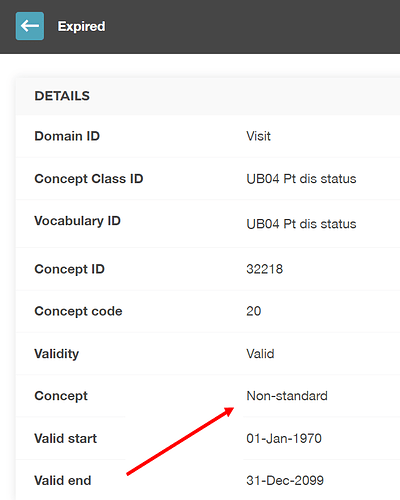Oh boy. Where were you guys when the issue was listed out for debate?
Here is my pragmatic approach to this:
- You want to allow more than one cause of death, for the reasons @Eldar listed.
- This problem really is not common. On the contrary. We usually badly lack information about death. To create two tables for reasons of ideological modeling purity appears to be a complete overkill to me.
So, tell me if there is a use case that would suffer from one table with repetitive death records. Unless there is one let’s keep it the way the community has decided.



